
Celebrating 75 years of protecting animals

For more than seven decades, we’ve worked to transform the systems that fuel animal cruelty and suffering.
As our movement has grown, we’ve inspired people, influenced businesses, and helped shape government policy to put animal welfare firmly on the global agenda.
Protecting animals wherever they need us
We’ve always gone where animals need us most. From opening our first shelter for abused animals in Costa Rica to running mobile vet clinics for working horses and donkeys in Colombia, Afghanistan and Cambodia, we’ve responded to hundreds of disasters over the years. From floods and volcanic eruptions to wars and wildfires, we've reached millions of animals in crisis.
Today, we operate in more than 47 countries, with 12 country offices and one international hub, working together to create lasting change for animals worldwide.
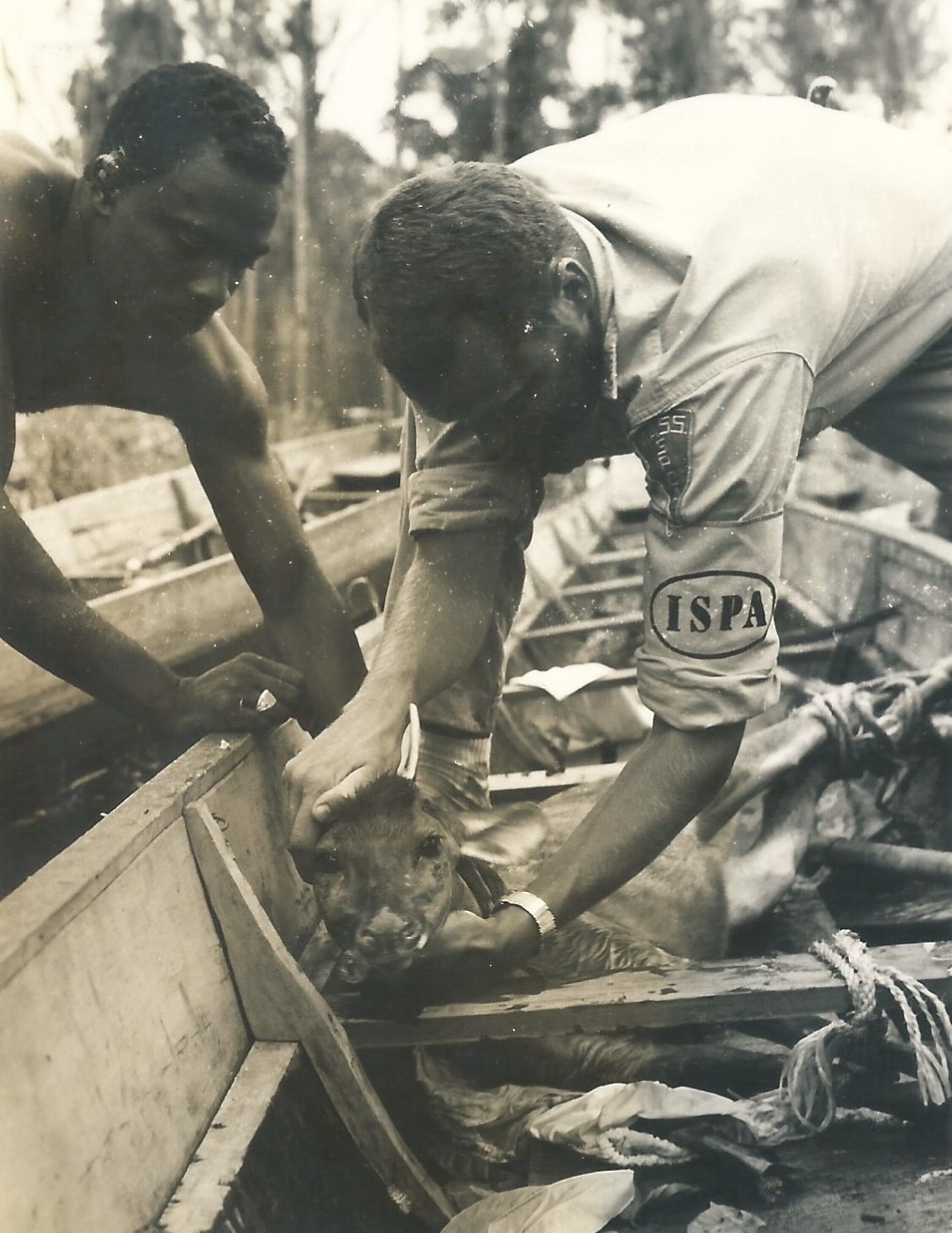
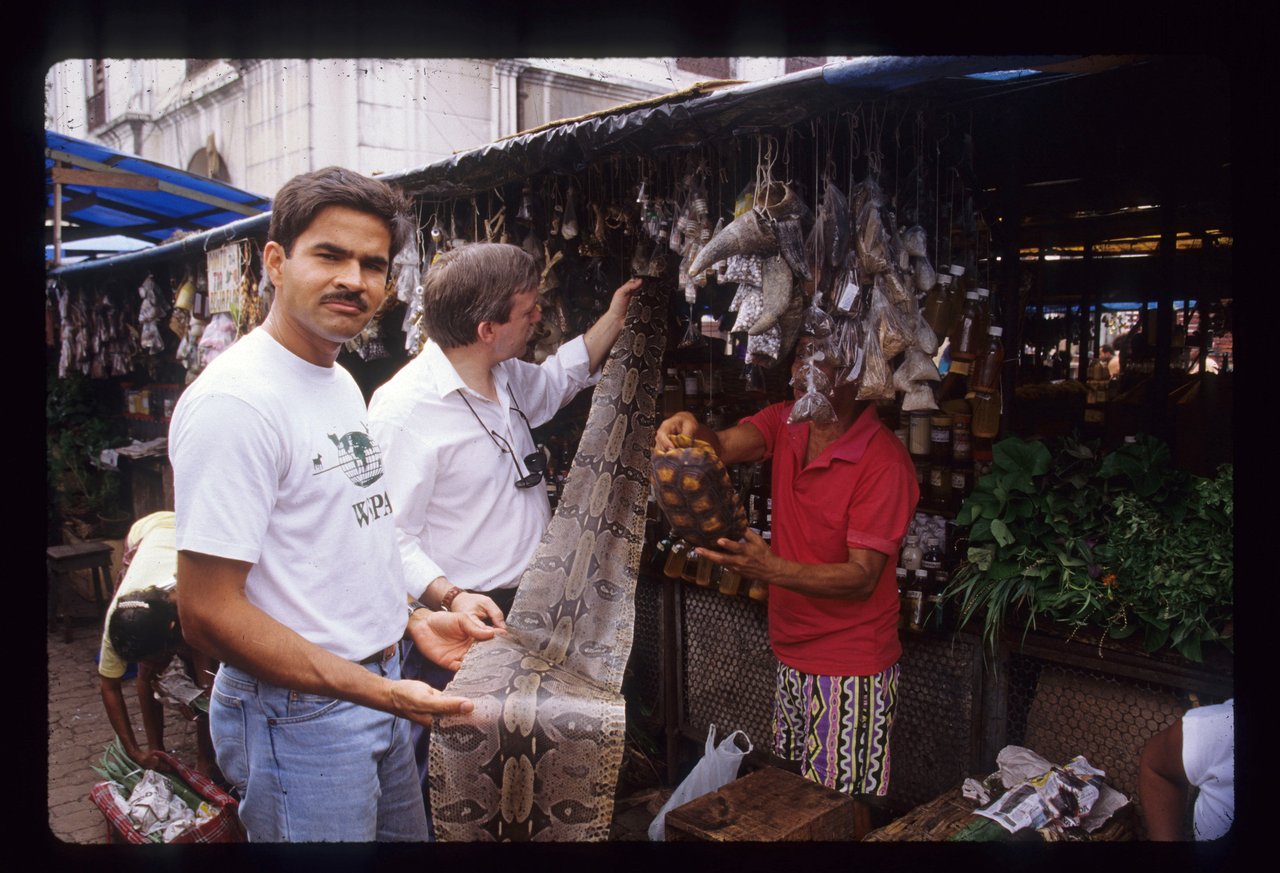
A history of campaigning
We’ve spent decades fighting to end some of the world’s cruellest practices and have come a long way.
In the 1980s, our work helped India ban the export of frogs’ legs, saving more than 30 million frogs each year. In the 1990s, we exposed and helped shut down the bear dancing industry in Greece, Turkey and India through our Libearty campaign.
We’ve influenced global agreements, shifted public opinion, and changed laws from marine protection to factory farming. Today, we’re fighting to stop wild animals being exploited as entertainment or commodities, and to build a humane and sustainable food system for the future.

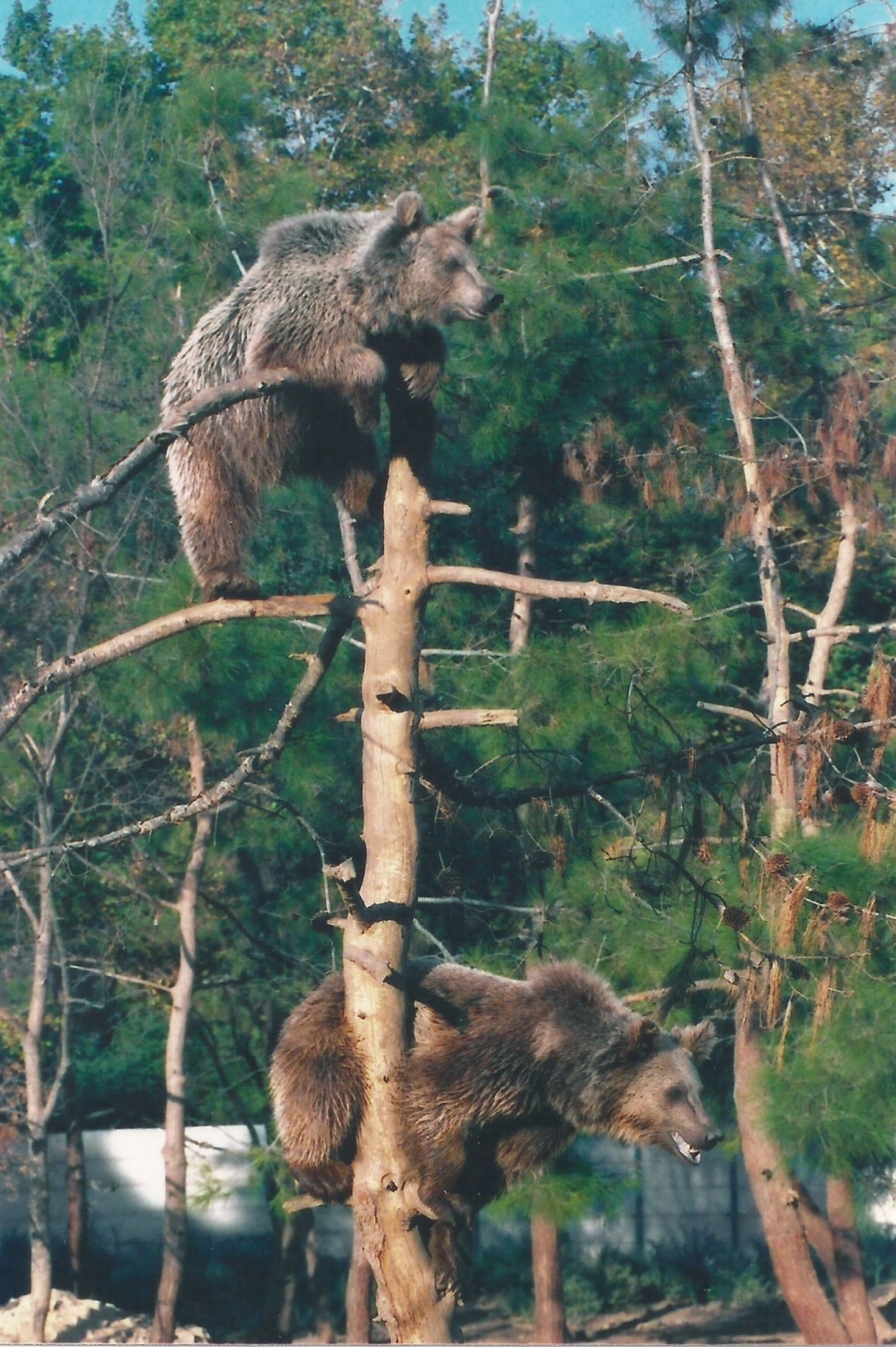
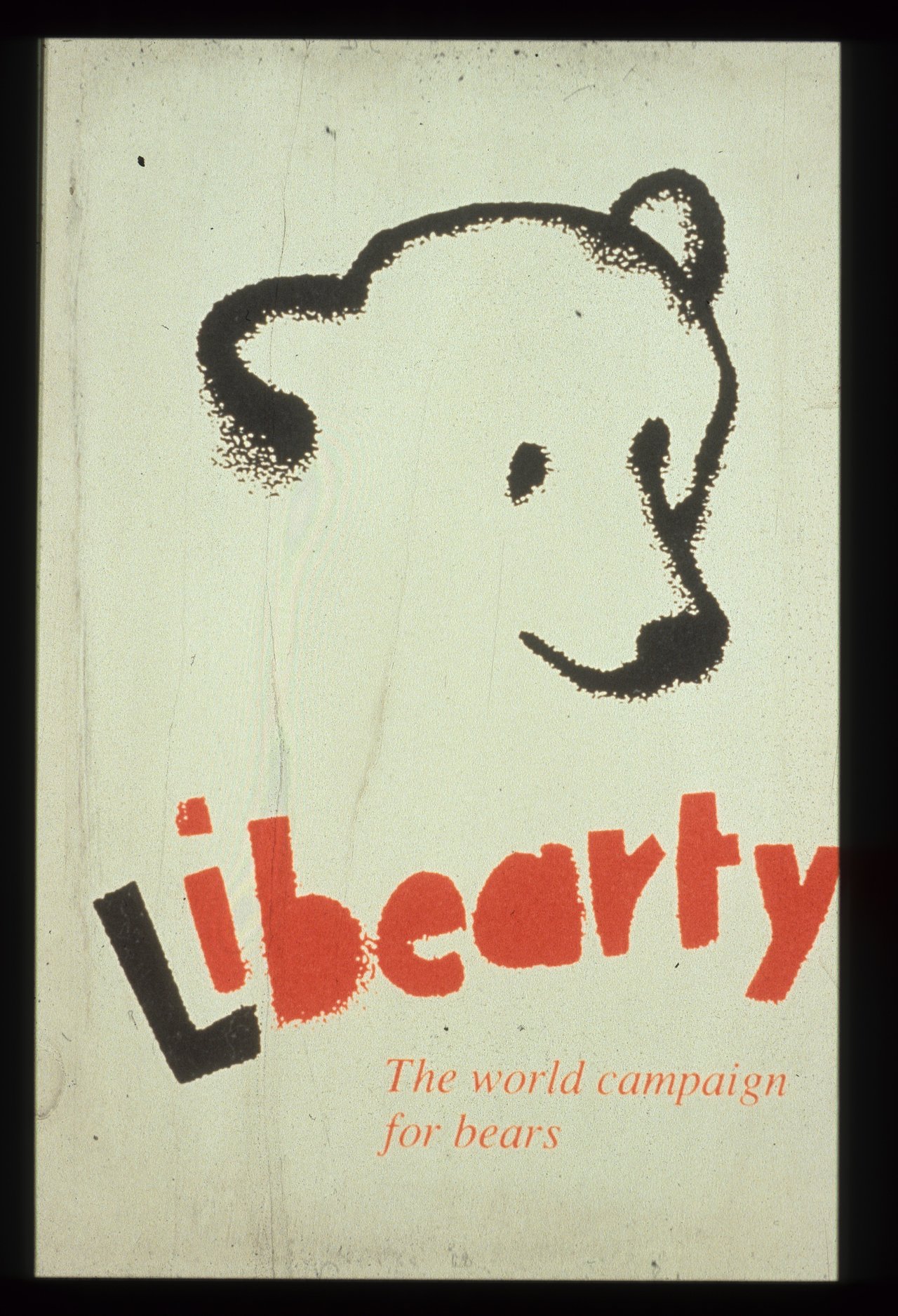
Influencing global systems
Animal protection must be part of international decision-making. We gained consultative status at the United Nations in the 1980s and influenced the first global animal welfare standards for farm animals in 2005, adopted by over 160 countries.
We continue to work at the highest levels to make sure animal welfare is part of the world’s biggest conversations – from environmental policy to public health.
Working together for impact
Collaboration is at the heart of everything we do. From supporting rabies vaccination campaigns that helped eliminate dog-transmitted rabies in Mexico, to creating the Global Ghost Gear Initiative to protect marine animals, we build coalitions that drive real change.
Together with supporters, communities and governments, we challenge cruelty and push for a better future for animals everywhere.
Key milestones
1950
World Federation for the Protection of Animals (WFPA) is founded.
1959
International Society for the Protection of Animals (ISPA) is formed.
1964
ISPA rescues 10,000 animals from floods in Suriname.
1981
WFPA and ISPA merge to become the World Society for the Protection of Animals (WSPA)
1997
New logo reflects a growing global identity
2007
Started operations in India
2015
We become World Animal Protection.
2020
A new strategy to protect farmed and wild animals is launched.
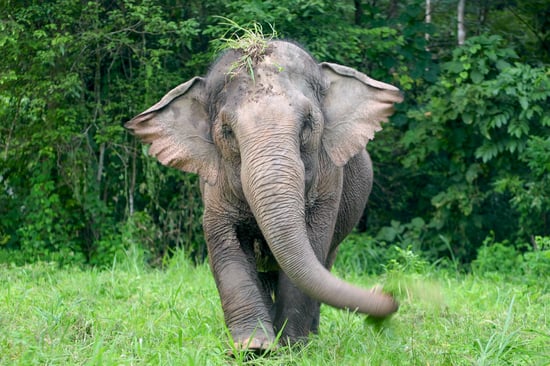
Donate
Join a group of passionate supporters determined to make lasting change for animals by making a donation today.
Donate today